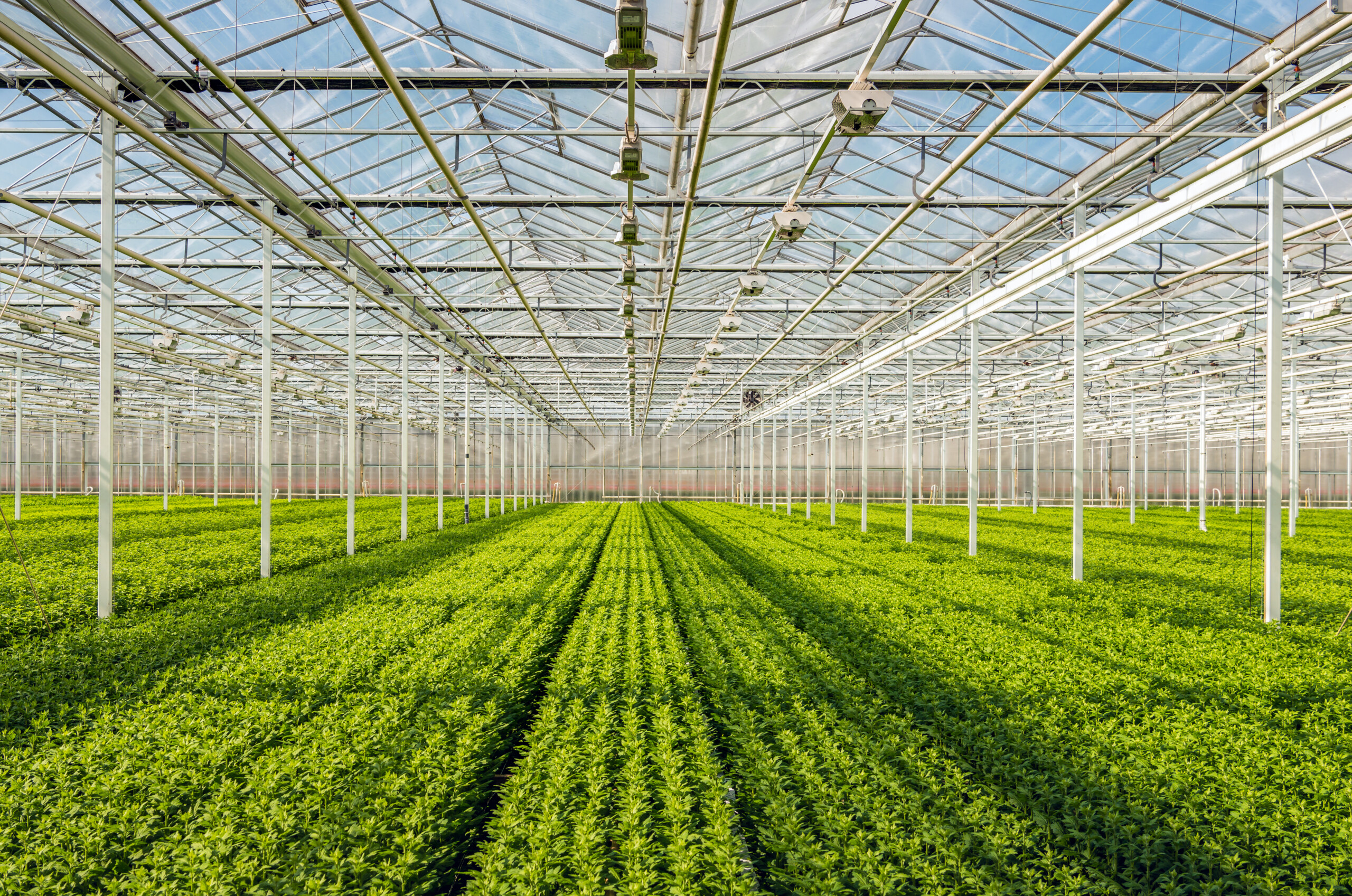-

B 1364
Chainsaw Safety Tips
This publication discusses tips for purchasing the correct chainsaw for your needs and how to use it safely.
|
-
 Both rabbiteye and highbush blueberries are produced in Georgia. The plants can produce a commercially viable crop for years. The long-term nature of the investment in the blueberry orchard calls for periodic updates on the situation of the blueberry industry. Information about the location of plants, varieties, plant age, and…
Both rabbiteye and highbush blueberries are produced in Georgia. The plants can produce a commercially viable crop for years. The long-term nature of the investment in the blueberry orchard calls for periodic updates on the situation of the blueberry industry. Information about the location of plants, varieties, plant age, and…|
-

This publication contains an Excel spreadsheet to help researchers determine the correct poultry population size for their experiments.
|
-
 Prevalence of mastitis in unbred, breeding-age and pregnant dairy heifers is higher than formerly realized. Infected mammary quarters, especially those with Staph. aureus IMI, exhibit reduced mammary gland secretory potential, marked leukocyte infiltration and the accompanying inflammation. Both nonlactating and lactating commercial antibiotic infusion products have been used successfully to cure existing infections…
Prevalence of mastitis in unbred, breeding-age and pregnant dairy heifers is higher than formerly realized. Infected mammary quarters, especially those with Staph. aureus IMI, exhibit reduced mammary gland secretory potential, marked leukocyte infiltration and the accompanying inflammation. Both nonlactating and lactating commercial antibiotic infusion products have been used successfully to cure existing infections…|
-

SB 63-6
2012 Tobacco Research Report
This report contains the most recent results of tobacco programs at the University of Georgia.
|
-

This publication presents the results of the 2012 statewide performance tests of peanut, cotton and tobacco. The tests for various evaluations were conducted at several or all of the following locations: Bainbridge, Tifton, Plains and Midville in the Coastal Plain region and Athens in the Piedmont region.
|
-
 Many pesticides require the addition of an adjuvant, and some do not. When applying fungicides, insecticides or herbicides without a recommended adjuvant, 30 percent to 50 percent reduction in pest control can be expected. Adjuvants may cause damage to a plant if the wrong adjuvant is used or if it…
Many pesticides require the addition of an adjuvant, and some do not. When applying fungicides, insecticides or herbicides without a recommended adjuvant, 30 percent to 50 percent reduction in pest control can be expected. Adjuvants may cause damage to a plant if the wrong adjuvant is used or if it…|
-

C 717
Winemaking at Home
This publication provides essential material and detailed instructions for successfully making wine at home. The information is designed for beginners who do not know where to begin and for experienced amateurs who run into difficulties.
|